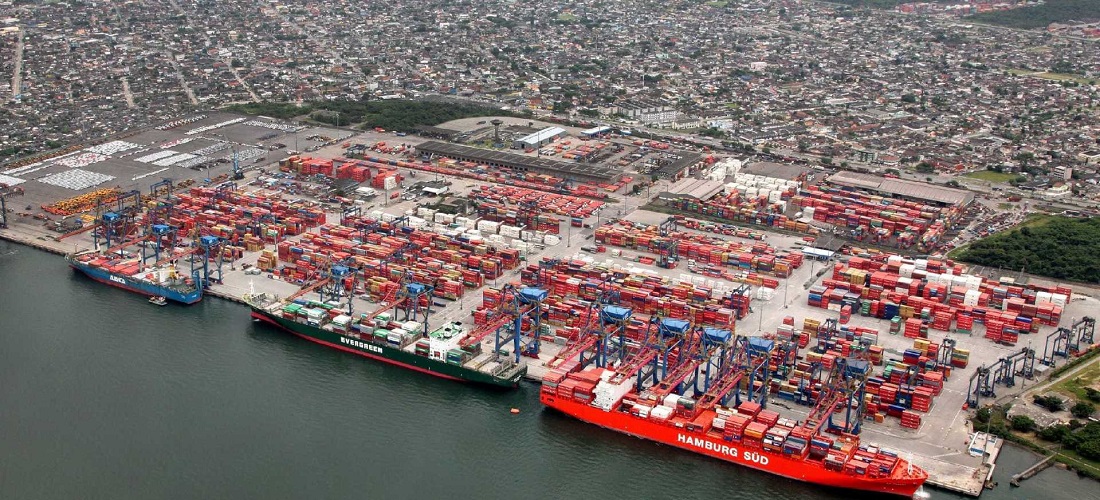
ANTAQ selects Aratu, Santos, and Rio Grande for the 2nd stage of the studies on climate change in Brazilian ports
Jul, 19, 2021 Posted by Ruth HollardWeek 202129
In partnership with the German agency for international cooperation (GIZ), ANTAQ (the national waterway transport agency), through the Development & Studies and Environment & Sustainability departments – both from the superintendence for development, performance, and sustainability – selected the three ports that will make up the second phase of the study on the impact of climate change on Brazilian ports. The chosen ports are Aratu/BA, Santos/SP, and Rio Grande/RS.
The selection took into account the climate risk ranking developed in the first phase of the study and the fact that these ports have port projects prioritized by the Investment Partnership Program-PPI for the coming years. The representativeness of the ports throughout the national territory was also a factor. They needed a port in the northeast region, one in the southeast region, and one in the southern region.
The Port of Aratu, despite not being on the PPI list, had the most critical position in the climate risk ranking of all the ports in the northeast region and among all the public ports studied. It was the port with the greatest climate risk, with threats both from storms and the rise in sea level, both in the current scenario and in the scenario projected for 2050.
The Port of Rio Grande is on the Investment Partnership Program list and has the most critical climate-risk ranking in the south region. It is at greater climate risk for storm threats (3rd place overall in the current scenario and for the year 2050) and sea-level rise (2nd place overall).
The Port of Santos, in addition to being on the PPI list, has the most critical position in the climate risk ranking in the southeast region. It is at greater risk for threats of windstorms (2nd place in the overall ranking in the current scenario and 3rd place for the year 2050) and sea-level rise (4th place in the overall ranking for the year 2050).
See the chart below for a history of cargo movement at Aratu, Santos, and Rio Grande since January 2019. Data are from DataLiner:
Cargo Handling at the Ports of Aratu, Santos, and Rio Grande | Jan 2019 to May 2021 | WTMT
Graph source: DataLiner (click here to request a demo)
ANTAQ’s Superintendent of Performance, Development, and Sustainability, José Renato Fialho, explains that a climate risk ranking was prepared for 21 Brazilian public ports considering climate threats in the first stage of the study. These included gales, storms, and rising sea levels like the extreme events projected for 2030 and 2050. As informed, the final reports of this phase are being compiled and will be released by ANTAQ and GIZ in August.
The second stage of the study will provide customized analyses of climate risks for the selected port facilities using individual case studies on the effects of climate change. It will propose adaptation measures to ensure regularity and safety in their operations.
-
Shipping
Nov, 01, 2019
0
Greek-flagged Bouboulina ship is suspect of oil spill on northeastern beaches
-
Economy
Mar, 04, 2022
0
Brazil’s GDP grew 4.6%, overcame pandemic losses
-
Automotive
Apr, 08, 2024
0
China surpasses Argentina, supplying 40% of Brazil’s imported cars
-
Ports and Terminals
May, 20, 2019
0
364kg of cocaine is seized at the Port of Santos


